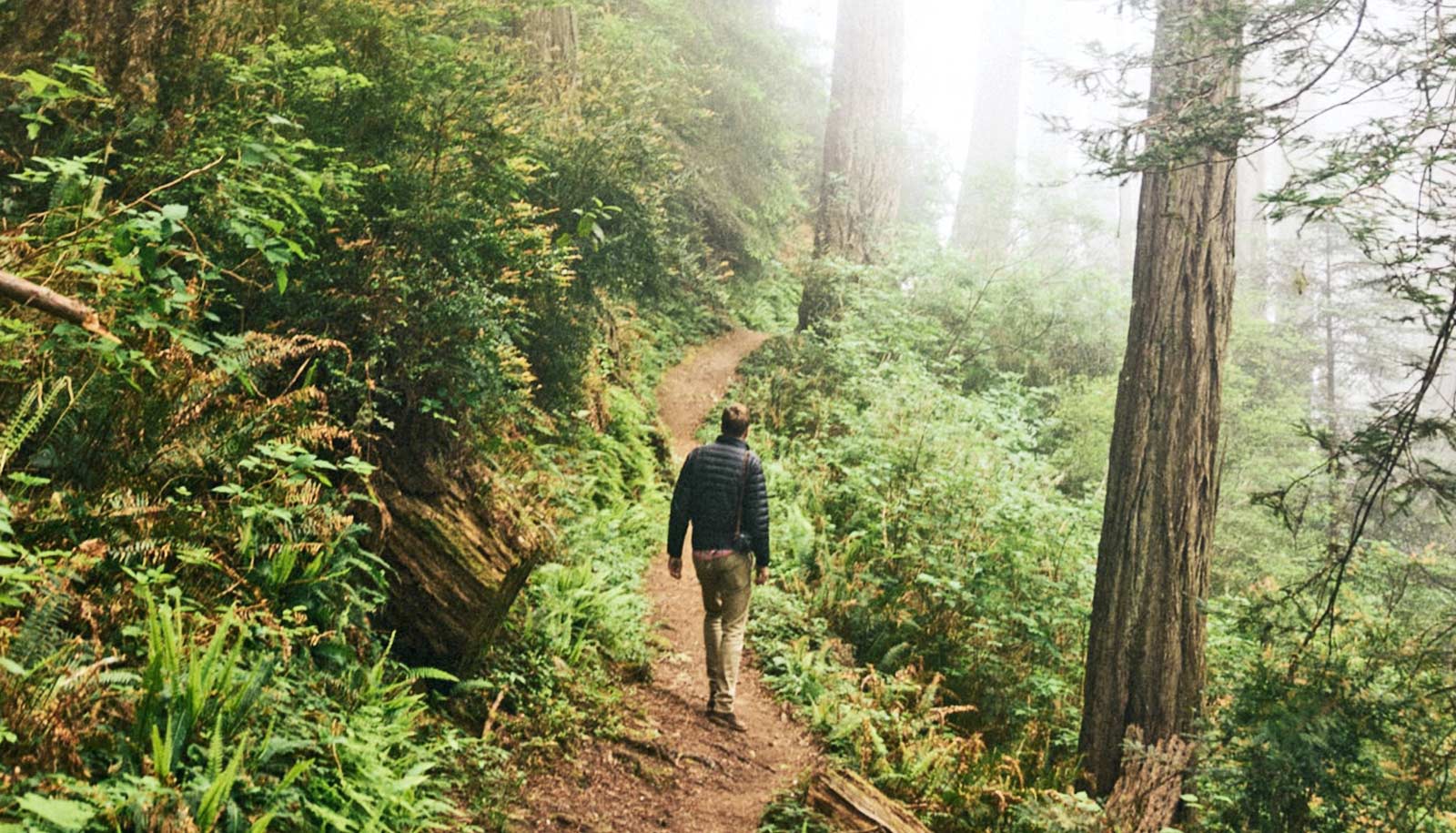Spending just 20 minutes in nature can significantly lower stress hormone levels, researchers say.
The benefits of experiencing nature on your stress apply even if you’re simply gardening, doing yardwork, or sitting quietly in the backyard.
The finding, which the researchers call a “nature pill,” comes from a small study published in Frontiers in Psychology last year.
The research has special significance now, when most US residents are under stay-at-home orders and people are bombarded with daily updates on the soaring number of COVID-19 cases and deaths.
Here, MaryCarol Hunter, an associate professor at the University of Michigan School for Environment and Sustainability, explains the research and how you can reduce your stress by getting up and getting outside:
How can contact with nature help people reduce stress?
In this time of uncertainty, social isolation, and adjustment to a different lifestyle, spending time in nature—while maintaining proper social distancing, of course—is one type of antidote for our distress. Exposure to nature has many benefits, including better sleep, reduced inflammation, improved immune function, and, key among them, a better state of mental well-being, including stress reduction, the ability to stay focused, and the experience of awe.
There are physical benefits as well, including exposure to cleaner air and beneficial secondary plant compounds (phytoncides) and health-building microbes, and natural production of vitamin D, an important component of a healthy immune system.
We know that the healing impact of a nature experience does not require a trip to wilderness or complete immersion in nature. In fact, any place that helps you feel connected to nature will do. The sense of connection with nature can be passive or active. A passive experience is subconscious. It is one of soft fascination, the kind of thing that happens when the mind wanders and you notice the air on your skin, birds calling, and the shape of trees against the sky. An active experience is a conscious interface with some aspect of nature. For example, an “oh, wow” moment when looking at something beautiful, or becoming observant, engaged with the workings of nature—like the way buds open or pollinators interact with a flower.
What types of outdoor activities would you recommend?
Spring is a time of unfolding and drama—be thankful it is not winter. During this time of restricted movement, try taking a nature pill by sitting quietly in your yard, or lie on the ground to look at the sky. Do some gardening or yardwork, or start to move your exercise routine outside. When taking a neighborhood walk, seek out routes with trees and other aspects of nature you find satisfying or exciting to experience.
If you cannot get outdoors, looking through a window at nearby nature will also support mental well-being. Perhaps you can open that window as well, to let in the sounds, the smells, and the touch of nature from the air and sun.
Regardless of outdoor activity, de-stressing and other types of mental restoration happen more readily by gently turning the mind’s focus away from itself. Take a mindfulness approach to noticing the sight, sound or smell of nature. Use intentional focus on some aspect of nature—anything from the larger landscape to the workings of a tiny element. You could keep track of the change in interesting buds on trees or shrubs near your home, and make a photo set that unfolds the story as buds open. Be creative and find something that is emotionally or intellectually interesting to you—ants that are streaming out of cracks, or the order of flowers opening along a forsythia branch, or changes in the shape of clouds over time, or the early morning soundscape from your front porch.
Tell me about your 2019 study in Frontiers of Psychology. How was it done and what did it find?
For an eight-week study period, 36 volunteers from the Ann Arbor area agreed to have a nature experience for at least 10 minutes, at least three times a week. People were free to choose the time of day, duration, and the place of their nature experience—defined as somewhere the participant felt a connection with nature. Once every two weeks, participants collected saliva samples before and after that day’s nature pill.
Saliva samples were analyzed for cortisol, a stress hormone, and used to determine if stress levels had changed by the end of a given nature experience. We found that a nature experience produced a 21.3% per hour drop in cortisol levels, with the greatest efficiency (best outcome for time put in) from nature pills lasting 20 to 30 minutes. Thereafter, stress relief continues to build, but at a slower rate. The study provides the first estimates of how urban nature experiences impact stress levels in the context of everyday daily life.
Participants in the study were told not to use cell phones or other electronic devices during nature experiences. Do you think it would be possible to get similar cortisol-lowering results by sitting quietly in a room for 20 minutes without your phone?
Perhaps, but what you do while sitting quietly will make a difference. There are some studies comparing specific activities that take place indoors versus outdoors. For example, stress reduction (measured in terms of cortisol) is greater when gardening for 30 minutes compared to sitting inside with no view of nature and reading popular magazines with no pictures of nature. Physical exercise brings greater emotional well-being in natural settings than the same activity done indoors. Mindfulness meditative practices produce greater restorative effects in settings that simulate natural settings compared to urban or indoor settings.
Is it necessary to exercise vigorously while you are outdoors in order to see these benefits?
No. Under quarantine and as the weather warms, people are taking more indoor activities outside. The benefits of nature can arrive even if your focal activity is something different—exercise, meditation, grilling, and safe socializing. Beyond the physical benefits of exercise, being outside while exercising brings further benefit in terms of mood improvement, cognitive function, and other aspects of mental well-being. The power of being outdoors is central to the ParkRx and NatureRx programs, wherein doctors and health care practitioners across the country and internationally write a nonpharmacological prescription for a dose of nature that is appropriate for the person in their care.
Source: University of Michigan



